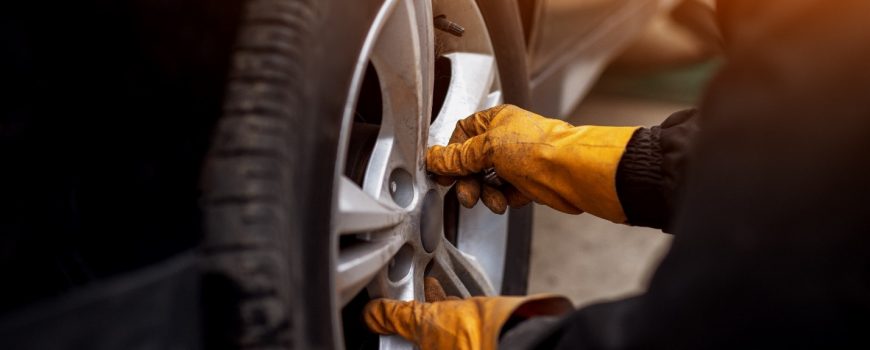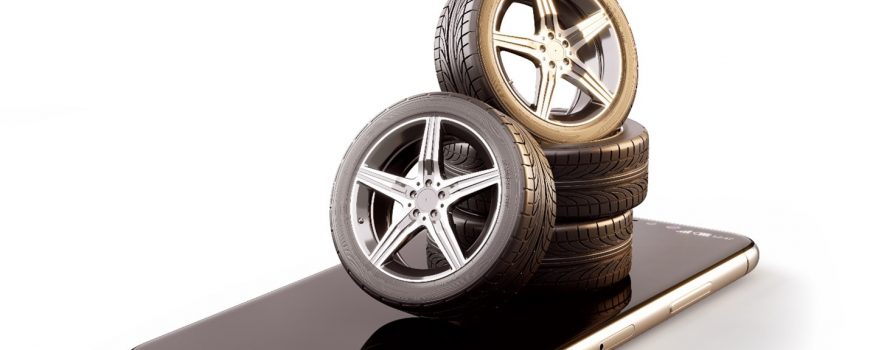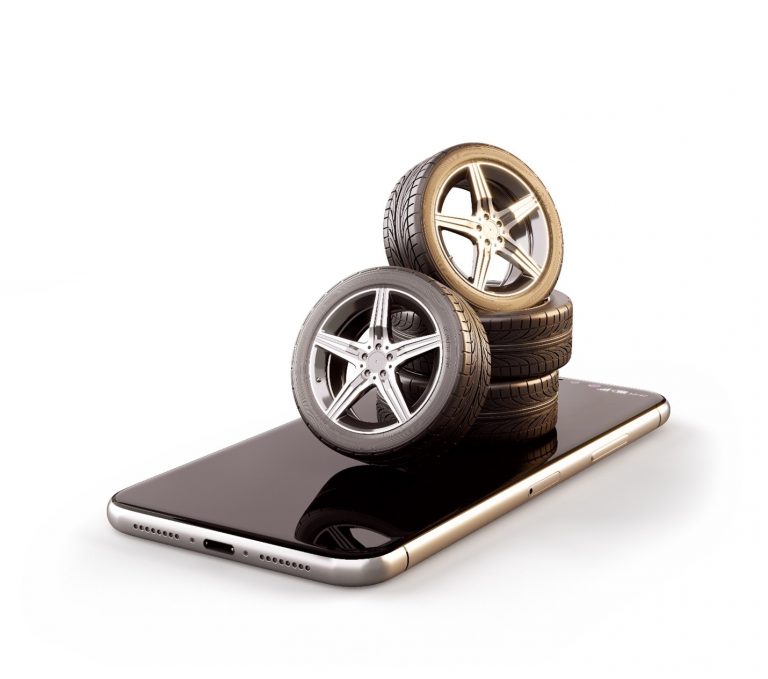Summer is here and it is a perfect time to get out and drive. In this article, we are talking about the best summer tires that you can install to improve your vehicle’s traction on dry roads.
Summer tires are focused on speed, handling, and grip. With dry roads, summer tires are better suited to handle the twists and turns of the road. With dozens of choices of brands, it’s hard to find the right one, so we will explore 5 choices.
Michelin Pilot Sport 4S
A personal favorite, and one our Tread Connection team sees quite often, the Michelin Pilot Sport 4S offers a very powerful blend of dry road and wet road performance for your car. Although higher priced, these tires are ideal for higher end cars, rear-wheel drive cars, and of course those track days.
Bridgestone Potenza RE760 Sport
Bridgestone has enhanced their performance with these tires by offering a new tread compound to increase the grip to the road, and with its 3D center block tread design, the life span of these tires are much longer than that of the competition.
Michelin Pilot Super Sport
With a low emitting sound and a double steel belt within it, the Pilot Super Sport offers a near perfect summer tire for anyone’s ride. Although on the more expensive side of tires, it’s because of the technology offered by Michelin to ensure there is low cabin noise, fantastic handling in the corners, and an unbeatable warranty of 30,000 miles! Again, these can be found on most exotic and supercars as an OEM tire, which goes to show that they can handle the power from these cars.
Continental ExtremeContact Sport
With a strong resistance to hydroplaning, and a very responsive grip in the corners, the Continental Extreme Contact Sport offers one of the best high performance tires on the market this year. A few downsides to this include the noise, and decreased fuel economy which should be taken into consideration with a daily commuter car.
Bridgestone Potenza S-04 Pole Position
Rounding out our top 5 is another great tire offered by Bridgestone. The Potenza S-04 Pole Position enhances the drivers cornering and steering capability all the while in dry and wet conditions. It should be noted that this tire does not come with a tread warranty, and with that said, the tread life itself does not last as long as others.
Contact your local Tread Connection
No matter which tire you choose, be sure to allow the Tread Connection team to source and install them on your vehicle right at your home or office. Tires are an important investment, and we want to help get you set up with the best possible choice.
Contact your local Tread Connection team to schedule your tire installation.






